Ethereum: How to Use Wallettify
=============================================
Walletnotify is a mechanism for receiving notifications from your portfolio Ethereum when certain events appear, such as updating the balance sheet, approval of transactions or even creating new Ethereum nodes. This is an optional feature that allows you to inform you about real -time portfolio activities.
Using Walletnotify with Json-Rpc
———————
To use Walletnotify with Json-Rpc Call, you need to create a file called Wallettify.json in the main directory of your Ethereum node configuration. This file indicates a notification manipulators that your portfolio should follow.
Here's an example of what this file may look like:
`Json
{
"Notice": {{
"Transactions": [
{
"Event": "Transaction. Created,"
"Handler": "Hands_transction_created"
Mozhlo
{
"Event": "Balance.increase,"
"Handler": "Hande_balance_incrase"
Iche
)
Mozhlo
"Handler": {{
"Type": "Json-Rpc",
"Method": "Eth_GettransationCount,"
"Params": [] ,,,
"Callopions": {},
"Value": {}
Iche
Iche
`
In this example, we point to two notifications leaders:Hande_transction_createdand 'Hande_balance_increase. The transaction event is triggered when a new Ethereum transaction is created, while the Saldo event.
Writing on Welletnotify.json
———————
To use Walletnotify with your Daemon on your wallet, you have to write a script (called transaction.sh), which generates HTTP request for any notice. This script should be called the JSON-RPC method listed in the Wallettify.json file.
Here's an example of what this script can look like:
`Bash
#!/Bin/bash
Get the current number of transactions
TX_COUNT = $ (ETH_GETTRANSCTIONCOUNT)
Create a message of notifications
Printf "transaction created: %s \ n" $ (echo "$ tx_count")
Call the JSON-RPC method to get a new number of transactions
ETH_GETTRANSCTIONCOUNT -GASLIMIT = 2000000 -VALUE = 0 100
This script generates HTTP request with the following titles:
- Type of content ': App/Json
X-chainid: Ethereum chain identifier (usually 0)
- X-Priority
: Priority level of notifications (usually 5)
Demon portfolio response should be a JSON object containing an updated transaction number. You can then analyze this answer and use it as needed.
An example of using the case
————-
Suppose you want to receive notifications when your Ethereum balance is increased or when new testnet transactions are created. With the following content you will create a Wallettify.json 'file':
Json
{
"Notice": {{
"Transactions": [
{
"Event": "Balance.increase,"
"Handler": "Hande_balance_incrase"
Mozhlo
{
"Event": "Transaction. Created,"
"Handler": "Hands_transction_created"
Iche
)
Mozhlo
"Handler": {{
"Type": "Json-Rpc",
"Method": "Eth_GettransationCount,"
"Params": [] ,,,
"Callopions": {},
"Value": {}
Iche
Iche
`
Then you will start atransaction.SH 'script to generate HTTP requests for each notice. You can use a tool such as "Curl" or Web browsers tools to check these requirements and see how they are used.
Conclusion
———–
Walletnotify is an optional feature that allows you to be informed about the activities of your portfolio Ethereum in real time. By specifying the notification manipulator in `Walletnotify.
